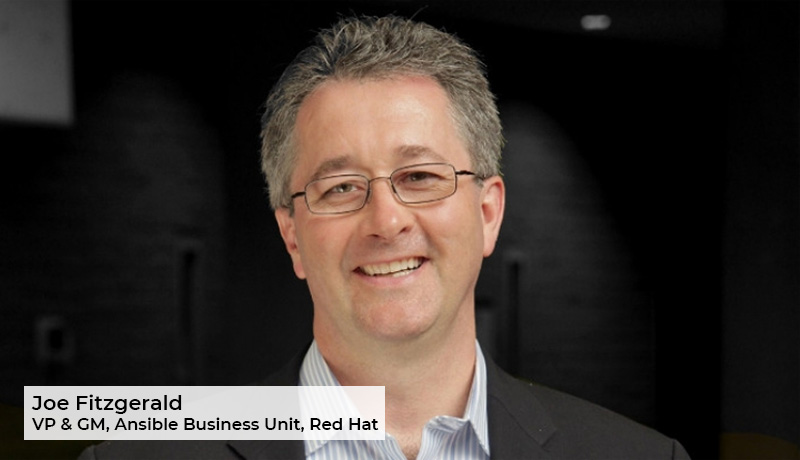
The Red Hat Ansible Automation Platform is now available on Microsoft Azure, according to Red Hat. It is based on Red Hat’s hybrid cloud automation standard, which has been updated to reflect the changing realities of computing at hybrid cloud scale. Red Hat and Microsoft have collaborated to create a powerful solution that gives customers freedom in how they use automation to deliver any application, anywhere, without adding overhead or complexity.
According to an IDC report, “virtually (97%) of organizations see major barriers to their ability to effectively employ automation across their enterprise. Through 2023, many IT automation efforts will be delayed or will fail outright due to underinvestment in creating IT/Sec/DevOps teams with the right tools and skills. The end goal is to deliver consistent, coherent and cooperative automation at scale.”
The power of cloud computing combined with the simplicity of a managed offering enables IT firms to automate and extend their cloud swiftly. Red Hat and Microsoft customers don’t have to worry about deploying and configuring a solution capable of handling enterprise-class use cases. Instead, they may begin working on complicated situations such as automated OS configuration, application provisioning, network automation, infrastructure as code (IaC), and security orchestration right away.
The Red Hat Ansible Automation Platform on Azure enables IT firms to scale these difficult activities while reducing user error. The connection with Azure services, such as Azure computing, network, and storage, can help customers get a better return on their automation investments by allowing them to grow their IT processes.
Enterprise IT teams may use Red Hat Ansible Automation Platform on Azure to achieve higher scale, speed, and standardisation with automation strategies for their hybrid cloud. This frees up IT staff to focus solely on delivering automation strategies for a more effective, adaptable, and scalable business, rather than on infrastructure maintenance and operations.
The latest release of the Ansible Automation Platform introduced self-contained automation features for enormous scale deployment across hybrid clouds and edge environments and a deeper integration of automation into the application development lifecycle. Its adaptable base, tools, services, and capabilities provide a whole new level of customization and control for businesses, pushing the limits of what is possible.
Joe Fitzgerald, vice president and general manager, Ansible Business Unit, Red Hat
“We believe that this is the decade of automation. Just like in other domains, from manufacturing to logistics, automation is the one technology that enables the operational scalability necessary to build and operate at hybrid cloud-scale. Customers around the globe are realizing this and are exploring many different options.”
He added, “ But the automation needs of any organization go well beyond simply creating and destroying workloads or infrastructure. If you are in any operation team focused on continuous IT governance, automated infrastructure provisioning alone will not be enough. Ansible Automation Platform gives DevOps and ITOps the ability to automate and govern at scale every aspect of the application lifecycle, but it also gives NetOps, SecOps, and FinOps the ability to automate the multitude of tasks that must be executed irrespective of application delivery.”
Erin Chapple, corporate vice president, Azure Core Products and Design, Microsoft
“By integrating open source automation technologies, such as Red Hat Ansible Automation Platform on Microsoft Azure, customers can better automate at scale, evolve current practices and implement a culture of automation to meet future business needs. Our continued collaboration with Red Hat makes innovation as attainable and efficient as possible for customers.”
Jevin Jensen, research vice president, Intelligent CloudOps Market, IDC
“Public cloud adoption continues to grow tremendously. In addition, the complexity of managing this growth and meeting line of business digital transformation requirements has put added pressure on IT operations teams. New automation solutions are needed to keep pace. Incorporating an enterprise automation platform is an attractive addition for public cloud customers looking to address this challenge and expand their use cases quickly. As the need for enterprise-wide efficiency grows, so does the need for efficiency in their IT systems.”